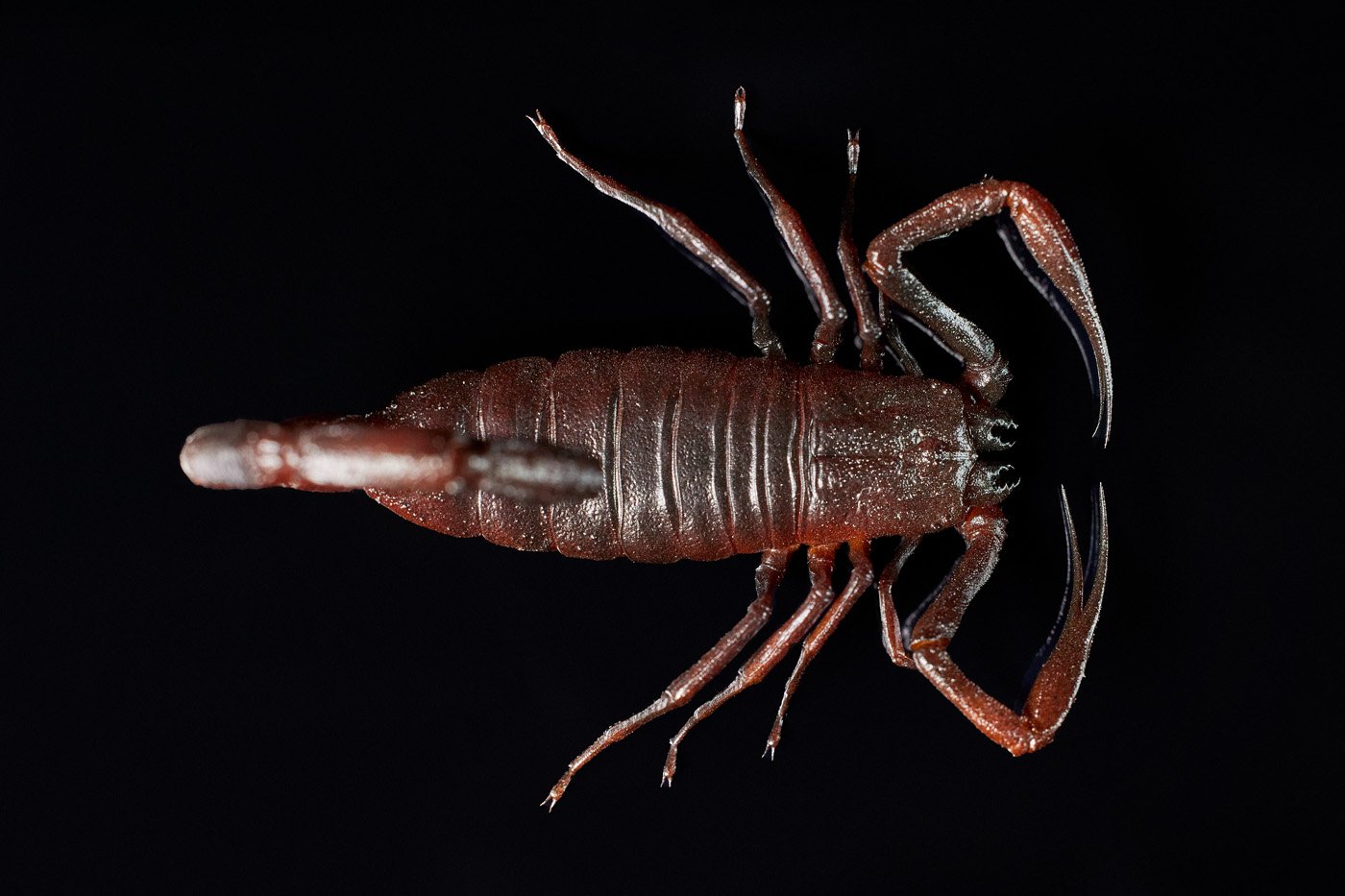


Eoscorpius cf. carbonarius
Eoscorpius cf. carbonarius is an extinct species of scorpion dating back more than 300 million years, well within the Carboniferous period. It's part of the Eoscorpius genus, one of the earliest known groups of scorpions.
The morphological characteristics of Eoscorpius cf. carbonarius were carefully studied to create an accurate model for the Natural History Museum in Osnabrück. This species, similar to modern-day scorpions, is assumed to have possessed eight legs, a pair of pincers, and a segmented tail culminating in a venomous stinger, although direct fossil evidence of these attributes remains limited.
Measuring approximately 12 centimeters in length, our museum-quality model of Eoscorpius cf. carbonarius provides an in-depth, realistic depiction of this ancient creature, enabling visitors to visualize and understand the fascinating lifeforms that inhabited the Earth during the Carboniferous period.
This model, meticulously crafted in adherence to scientific accuracy, is displayed as part of the "Carbon Forest" exhibition at the Natural History Museum in Osnabrück, immersing visitors in a time-locked journey back to a period when the first abundant forests took root, and creatures like Eoscorpius cf. carbonarius roamed the Earth.
Photo by Rasmus Sigvaldi
Sculpted by Stacey Wiik.
Exhibition: Natural History Museum in Osnabrück
